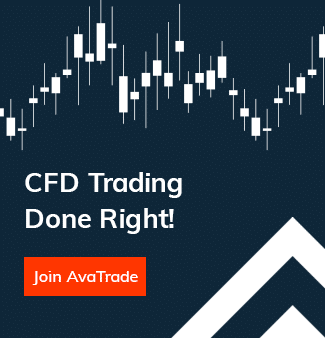Slippage

What is Slippage?
In financial trading, slippage is a term that refers to the difference between a trade’s expected price and the actual price at which the trade is executed. It is a phenomenon that occurs when market orders are placed during periods of elevated volatility, as well as when large orders are placed at a time when there is insufficient buying interest in an asset to maintain the expected trade price. Due to the fast pace of price movements in the financial markets, slippage may occur due to the delay that exists between the point of placing an order and the time it is completed.
It is a term that is used by both forex and stock traders and, while the definition is similar for both types of trading, it occurs at different times for each of these forms of financial trading.
See a trading opportunity? Open an account now!
Why Slippage Occurs
When trading forex online, slippage can occur if a trade order is executed without a corresponding limit order, or if a stop loss is placed at a less favourable rate to what was set in the original order. Slippage occurs during periods of high volatility, maybe due to market-moving news that makes it impossible to execute trade orders at the expected price.
In this case, forex traders will likely execute trades at the next best asset price unless there is a limit order to stop the trade at a particular price. In the case of stock trading, slippage is a result of a change in spread. Spread refers to the difference between the ask and bid prices of an asset. A trader may place a market order and find that it is executed at a less favorable price than they expected.
For long trades, the ask price may be high, while for short trades, slippage may be due to the bid price being lowered. Stock traders can avoid slippage during volatile market conditions by not placing market orders unless they are completely necessary.
Reducing the Effects of Slippage
Although it is impossible to avoid the spread between entry and exit points completely, there are two main ways to mitigate them and minimise slippage:
- Changing the type of market orders:Slippage is a result of a trader using market orders to enter or exit trading positions. For this reason, one of the main ways to avoid the pitfalls that come with slippage is to make use of limit orders instead. This is because a limit order will only be filled at your desired price or a better one. Unlike a market order, a limit order will never be filled at a worse price, thus avoiding slippage.
- Not trading around major economic events:In most cases, the biggest slippage will take place around major, market-moving news events. It’s important to monitor the economic calendar for news regarding the asset you want to trade, because it can have a great indication to the direction in which the asset is going to move and can also help to avoid highly volatile times that occur around major news events. In day trading, it is best to avoid placing market orders during important scheduled financial news events, like FOMC announcements, or when a company is announcing its earnings.
Although the resulting big moves may appear enticing, it can be difficult to get in or out of trades at the trader’s desired price.
If a trader has already taken a position by the time the news is published, they are likely to encounter slippage on their stop loss, accompanied by a much higher risk level than they expected.
The Final Word
Using limit orders instead of market orders is the main way that stock or forex traders can avoid or reduce slippage. In addition, traders can expect to face significant slippage around the announcement of major financial news events. As a result, day traders would do well to avoid getting into any major trades around these times.
See a trading opportunity? Open an account now!
** Disclaimer – While due research has been undertaken to compile the above content, it remains an informational and educational piece only. None of the content provided constitutes any form of investment advice.







